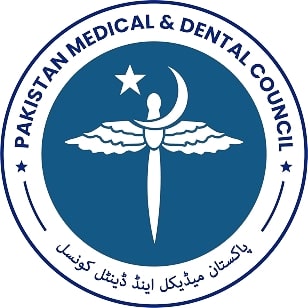The DELAY IN TURNAROUND TIME IN REPORTING SMALL BIOPSY SPECIMENS; AN EXPERIENCE FROM A TERTIARY CARE HOSPITAL IN LAHORE
DOI:
https://doi.org/10.59058/jaimc.v21i3.131Keywords:
Delay; phase; turnaround timeAbstract
Introduction: Turnaround time (TAT) is defined as time lapse between receiving of a specimen at laboratory reception till dispatch of the final histopathological diagnosis. TAT not only indicates an efficient indicator of a laboratory performance but is the most important concern of practicing physicians dealing with histopathology report.
Aims & objectives: The aim of this study was to analyse the delay in turnaround time of different types of small biopsy specimens in histopathology section.
Materials & methods: A cross sectional analysis was done on different types of small biopsy specimens reported by histopathology section. Delay in turnaround time involving different phases of testing was observed. Data was entered using SPSS version 26.
Results: Majority of the reports were reported after a delay of 4-7days (n=83, 95%). Causes in delay mostly included recuts, regross, re-orientation, inappropriate history and delay in supply of reagents in case of shortage. Inappropriate supervision and training of newly hired technical staff was a major factor in ordering of recuts, reorientation and restains.
Conclusion: Turnaround Time, a measure of quality assurance, is essential to the efficient operation of a successful histopathology laboratory. The patient's anxiety is reduced and timely treatment is assisted by proper TAT
Downloads
Published
How to Cite
Issue
Section
License
Copyright (c) 2023 Fakeha Rehman, Sadia Anwar, Rozina Shahadat khan, Rohma Saqib, Samreen Hameef

This work is licensed under a Creative Commons Attribution 4.0 International License.
The articles published in this journal come under creative commons licence Attribution 4.0 International (CC BY 4.0) which allows to copy and redistribute the material in any medium or format Adapt — remix, transform, and build upon the material for any purpose, even commercially under following terms.
-
Attribution — You must give appropriate credit, provide a link to the license, and indicate if changes were made. You may do so in any reasonable manner, but not in any way that suggests the licensor endorses you or your use.
- No additional restrictions — You may not apply legal terms or technological measures that legally restrict others from doing anything the license permits.
The editorial board of the Journal strives hard for the authenticity and accuracy of the material published in the Journal. However, findings and statements are views of the authors and do not necessarily represent views of the Editorial Board. Many software like (Google Maps, Google Earth, Biorender (free version)) restricts the free distribution of materials prepared using these softwares. Therefore, authors are strongly advised to check the license/copyright information of the software used to prepare maps/images. In case of publication of copyright material, the correction will be published in one of the subsequent issues of the Journal, and the authors will bear the printing cost.










